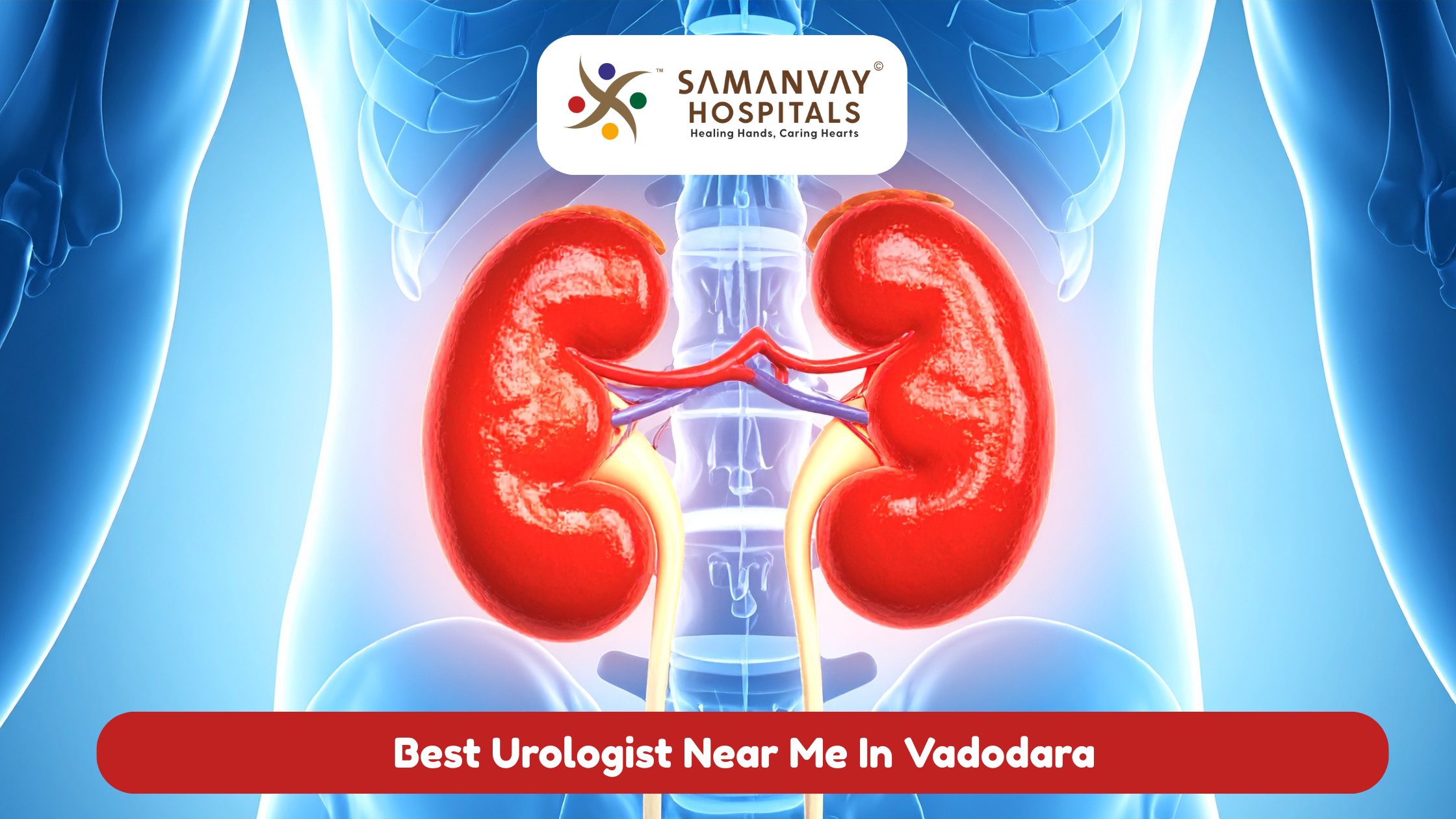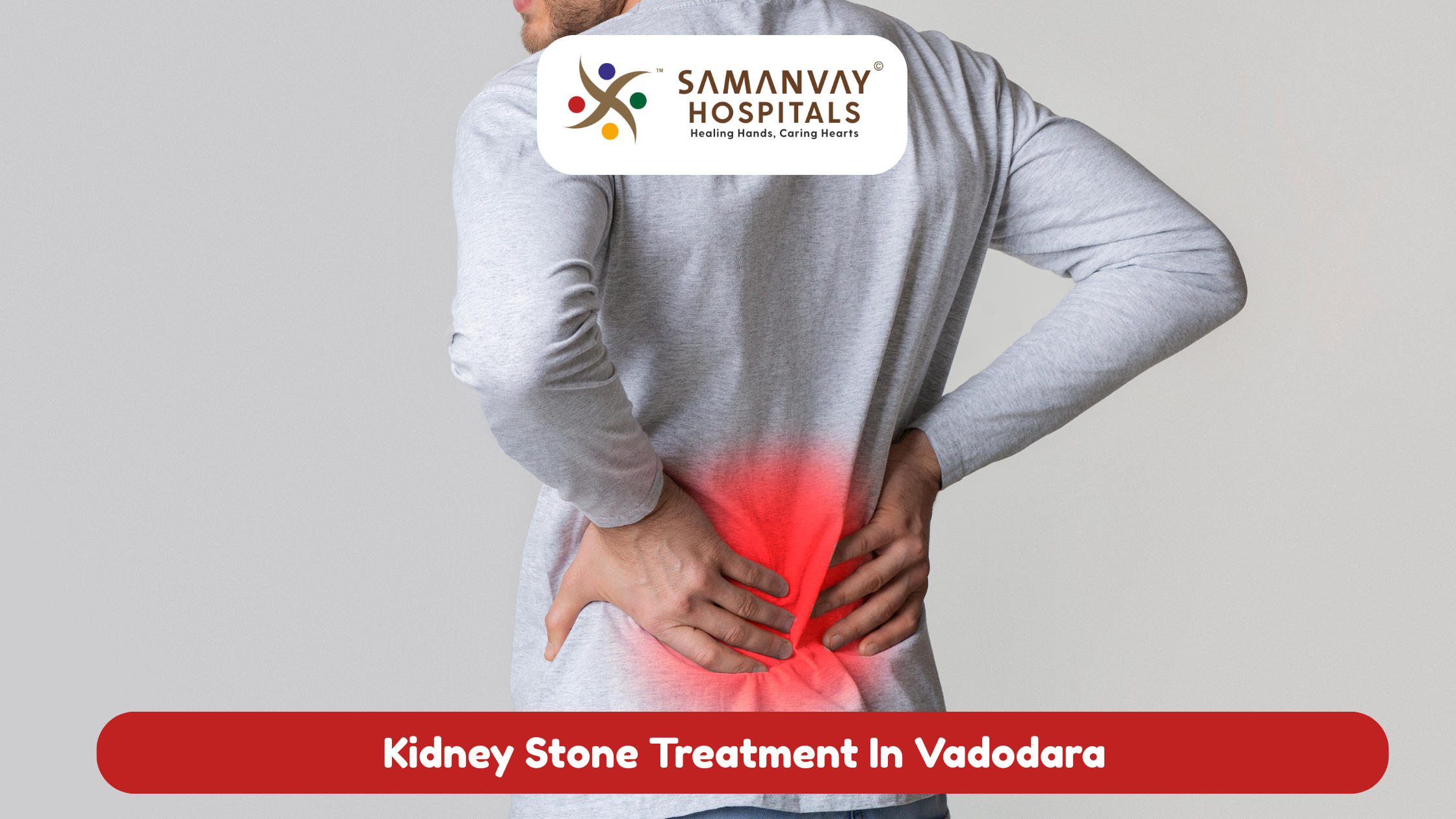
Table of Contents
- Introduction
- Understanding Benign Prostatic Hyperplasia (BPH)
- Why does early diagnosis matter?
- Lifestyle changes for managing BPH
- Medications for BPH
- Minimally invasive treatments
- Surgical options for severe BPH
- Choosing the right treatment approach
- Conclusion
- FAQs
Introduction
Benign prostatic hyperplasia, also known as BPH, is an aging condition in men. It is when the prostate gland becomes larger than usual and compresses against the urethra, making it harder to urinate. Though not cancer, the symptoms—the need to urinate repeatedly, weak urinary stream, and bladder disease—are interfering with daily life.
However, as medical science progresses, the treatment of BPH these days is more effective, less painful, and more concentrated on long-term correction. Men today have choices from modifying their lifestyle to sophisticated surgeries depending upon their condition’s severity.
Understanding Benign Prostatic Hyperplasia (BPH)
The prostate gland is a small organ, located below the bladder, which surrounds the urethra-tube that carries urine out of the body. When a man grows older, naturally occurring hormonal changes can expand this gland. When the prostate increases, it can squeeze on the urethra and compress the tube from which urine comes. It can reduce or prevent the flow of urine through the bladder. Therefore men may have to urinate more often, may be unable to start urinating, or have weak urine flow.
The initial screening avoids complications.
General symptoms observed are:
- Urinary urgency, mostly nighttime
- Decreased or interrupted stream of urine
- Straining to start stream of urine
- Incomplete bladder emptying
Moreover, BPH affects millions of men across the globe. Referral to a specialist—such as a reliable urologist near by me—is usually an excellent way to go about early diagnosis and careful planning for treatment.
Why does early diagnosis of Benign Prostatic Hyperplasia (BPH) matter?
Early diagnosis prevents anything unpleasant from happening, such as the storage of urine, bladder stones, or kidney damage. Your physician will typically first begin with an inquiry concerning your disease history and conducting a physical examination. They might also conduct tests such as urination flow tests to measure how efficiently you urinate, ultrasound imaging to examine prostate size, and PSA blood tests to eliminate other possibilities.
Additionally, early diagnosis of BPH enables doctors to advise the most suitable treatment before matters worsen. Most men prefer established centers such as India’s well-rated hospitals, which possess experience in high-level urological treatments. Therefore , all are well-equipped with the latest diagnostic equipment for proper evaluation and successful treatment.
Lifestyle changes for managing Benign Prostatic Hyperplasia (BPH)
For symptomatically low patients, physicians can recommend non-surgical changes prior to medicine and surgery. These changes can ease pain and stop the progression of the disease:
- Decrease alcohol and caffeine consumption to minimize swelling of the bladder.
- Avoid fluids in late evening hours to prevent nocturia.
- Double voiding to fully empty bladder
- Regular physical exercise to keep overall health
- Consume a diet that is high in fruits, vegetables, and whole grains.
Moreover, these are usually the initial defense and can make a dramatic difference in quality of life.
Medications for BPH
If habits are not sufficient, physicians might turn to drugs. More modern medications are more selective and potent with fewer chances for side effects.
Common of common treatment are:
- Alpha-blockers: Relax prostate and bladder muscles to allow smoother flow of urine.
- 5-alpha-reductase inhibitors: Shrink the prostate gland over time
- Combination therapy: Using both types of drugs in an attempt to achieve enhanced results
Furthermore, regular check-ups are done in a bid to check whether the drugs are effective and not causing unattractive side effects. In a few instances, drugs preclude or even delay surgery.
Minimally invasive treatments
Advances have made conventional surgery a thing of the past. They are done on an outpatient schedule, and patients recover in a few short hours after.
Among the most popular choices are
- Prostatic Urethral Lift (PUL): Small implants that push prostate tissue away from the tube gently.
- Water Vapor Therapy (Rezūm): Steam kills unwanted prostate tissue harmlessly.
- Laser Therapy: Laser light kills tissue that has grown too large with less bleeding.
However, these operations save sex life and minimize hospitalization. In well-planned cities like Baroda, patients prefer to approach Baroda best hospital experts in a bid to utilize such latest facilities.
Surgical options for severe BPH
When the symptoms get worse or when there are complications, surgery is in order. Such surgeries have become safer and more accurate with advances.
The most common surgery techniques are:
- TURP (Transurethral Resection of the Prostate): A tried but old method of tissue removal.
- HoLEP (Holmium Laser Enucleation): Laser-induced alternative with quicker recovery.
- Open or Robotic Prostatectomy: Reserved for very large prostates.
Moreover, the operating and anesthesia techniques have advanced so much that patients recover faster and can return to normal activities earlier than ever before.
Choosing the right treatment approach
Ideal treatment is based on prostate size, overall health, and personal preference. Physicians consider the following:
- Severity of symptoms
- Lifestyle and age factors
- Presence of any medical conditions
- Personal goals of treatment
Therefore, men are encouraged to discuss at length with their urologist all the possibilities, and they achieve lasting relief with minimal side effects.
Conclusion
Treatment for benign prostatic hyperplasia has evolved immensely. From drugs and lifestyle modification to minimal treatment and surgery, men now have several options available to get their comfort back and improve bladder function.
Furthermore, consulting an expert professional at the earliest is guaranteed to ensure correct methodology is adopted. Be it consulting a trained professional in the area, visiting well-equipped hospitals in India, or depending upon doctors in Baroda’s best hospital, immediate treatment can be the turning point.
Modern medicine today guarantees hope, accuracy, and quicker healing—enabling men to lead a healthy active life despite BPH.
FAQs
BPH arises from age -related hormonal changes, causing prostate enlargement. It is not cancer, but can disrupt the flow of urine and affect the health of the bladder.
Yes, caffeine cuts, regular exercise, avoiding fluids at night, and healthy bladder habits can effectively postpone mild BPH symptoms and medical treatment requirements.
Yes, treatments such as water vapor therapy, laser therapy and urethra lift provide long -term relief from symptoms, rapid recovery and less complication than surgery.
Go to a doctor if urine is painful, frequent or stressful. Early assessment prevents bladder damage and ensures that effective treatment is available before the symptoms deteriorate.






